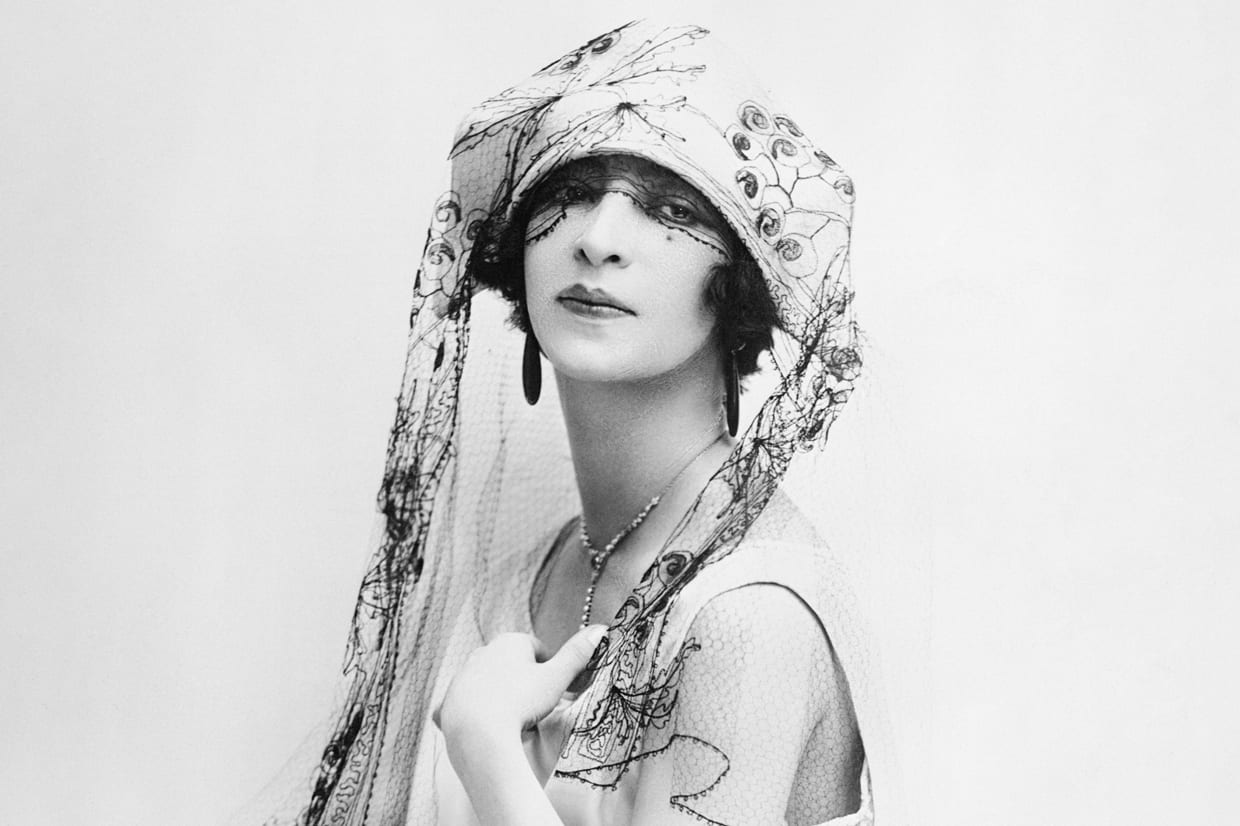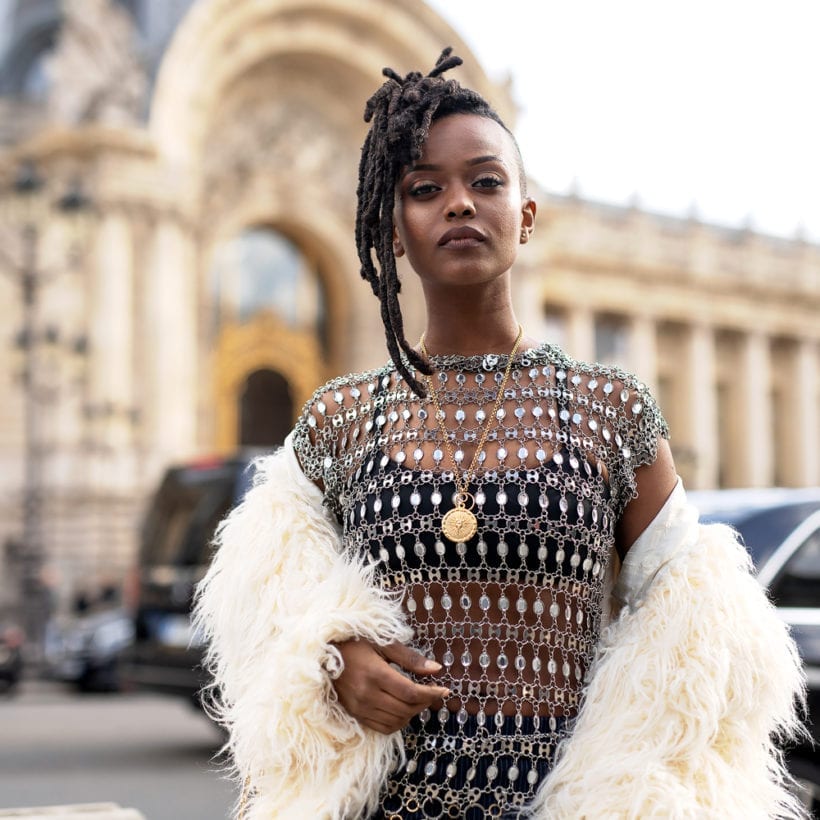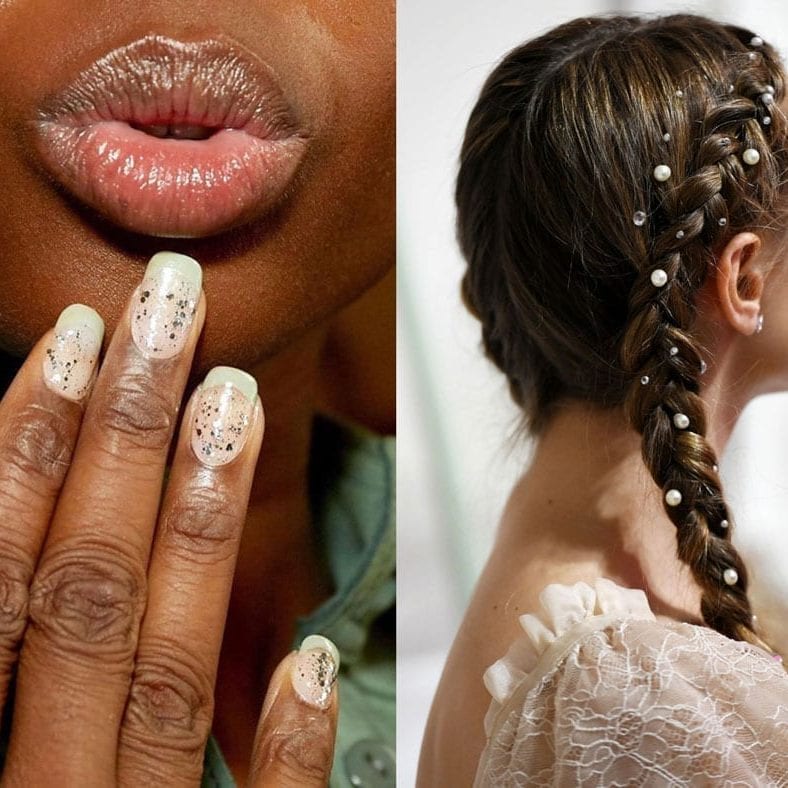It is Paris in the 1920s, and every woman in the city is chopping off her hair. It is the beginning of the decade France has christened Les Années Folles, or “the crazy years.” World War I has come to an end, the economy is on the verge of a boom, and the youth of Paris is primed to celebrate. Enter: an era of flourishing art and style. “Paris in the 1920s was a Paris of parties, joie de vivre, fun, and excess,” says Marie-Laure Fournier, the Parisian president of beauty public relations firm Fournier PR + Consulting. It is also the decade that put Paris on the map as the beauty epicenter of the world.
As we approach 2020, a hundred years later, Parisian women’s approach to beauty — that effortless, red-lipped je ne sais quoi — has become nothing short of iconique. Anticipating the turn of the decade, we tapped two of the most in-the-know French beauty experts to take a retrospective look at how the Parisian aesthetic has changed since, and what they predict will define French beauty in the 2020s.
Parisian Beauty in the 1920s
The first thing to understand about the evolution of beauty trends, in Paris and elsewhere, is that they never emerge in a vacuum. “Beauty trends in Paris, like everywhere else, evolve with new scientific discovery and natural geographic demands,” says Fournier. “Cinema and politics have always influenced the beauty appearances of la Parisienne, as well.”
One hundred years ago, it was post-WWI, and women in Paris still did not have political or labor independence. “French Women were not granted the right to vote until 1945,” explains Antoine Bucher, a professor in the Fashion Studies Department at Parsons Paris. During the war, many women held jobs traditionally reserved for men, but as soon as the fighting ended, their employment returned to the dismally low pre-war numbers.
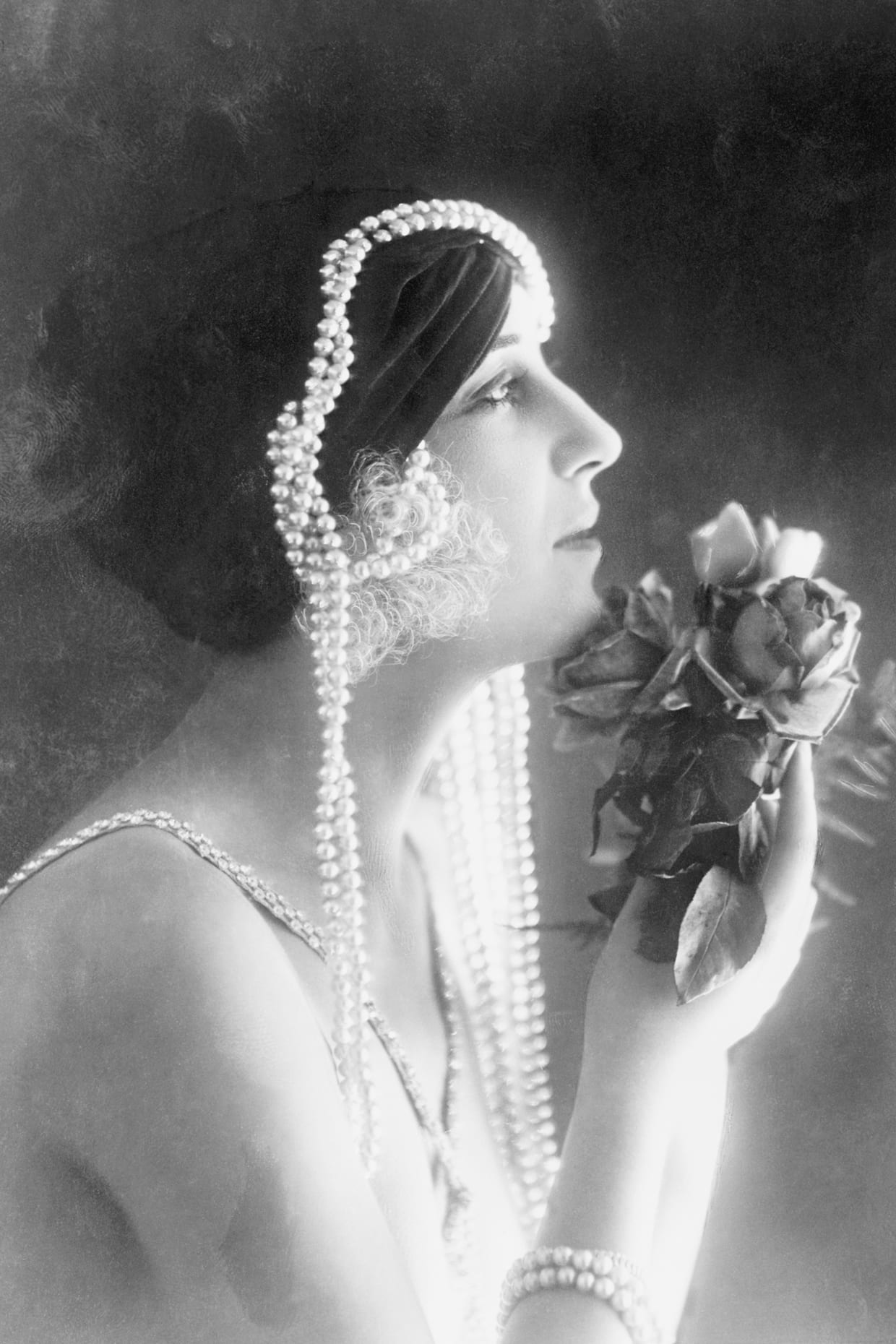
But through all this, women did begin to gain more social freedom, and their hairstyles and makeup reflected this. “They expressed their new social power through fashion,” says Bucher. Globalization also had a significant influence on Parisian beauty. America’s Roaring Twenties in particular hugely inspired French fashion, music, and nightlife. “In the 1920s, the U.S. was going through prohibition, and therefore rich people and artists started to stay in Paris,” says Fournier. They brought American jazz, the Charleston style of dance, provocative flapper fashion, and bold cabaret makeup styles (long lashes, smudged black eye makeup, scarlet lips) along with them.
Before the 1910s, makeup was associated exclusively with Parisian prostitutes and actresses, Bucher explains. But in Les Années Folles, the makeup industry exploded as women began to embrace the jet-black eyeliner and matte ruby lips that define French beauty to this day. “The makeup was focused on the eyes with black kohl, as well as red lipstick and peach blush, which was applied in a circular motion,” says Fournier.
In 1920s Paris, androgyny also infused the beauty atmosphere. An act of social rebellion, “women were happy to show their masculine side,” says Fournier. Hair at the time was worn short — think: bobs, La Garçonne cuts, and short curled crops à la Marlene Dietrich — and dyed either dark brunette or platinum blonde. These styles matched the era’s boyish fashion trends. “Flapper dresses erase the female body, no more emphasis on hips or chest,” Bucher explains.
The skincare industry also started seeing massive innovation. As Bucher explains, “skincare products evolved in the 1920s thanks to pioneers like Helena Rubinstein,” a Polish-American cosmetics entrepreneur. Rubinstein’s innovations involved using synthetic molecules and creating different formulations to suit different skin types. (For example, her Baume Vert was for dry skin and her Baume Blanc was for sensitive skin.) Other brands followed suit. In 1927, Chanel launched a large variety of new skincare potions from toners to creams to soaps. American skincare brand Elizabeth Arden also set up shop in Paris in the 1920s, bringing along its massive range of tonics, lotions, bath salts, and more.
Parisian Beauty in the 2020s
But now that it has been 100 years since this epic era in French beauty history, what can we expect of 2020s Parisian hair and makeup? According to Bucher and Fournier, the culture of Paris will, of course, find itself in a very different place environmentally and socially than Les Années Folles. Whereas the 1920s were defined by partying and excess, the 2020s will be informed by climate change and movements toward social equality. “We will be very conscious and rigorous about natural and organic products, fair trade, and sustainability,” predicts Fournier of the 2020s. Locally sourced, plant-based ingredients will continue to be a priority for Parisian consumers, and natural brands like Klorane and Caudalie will dominate the market over less organic-focused department store classics.
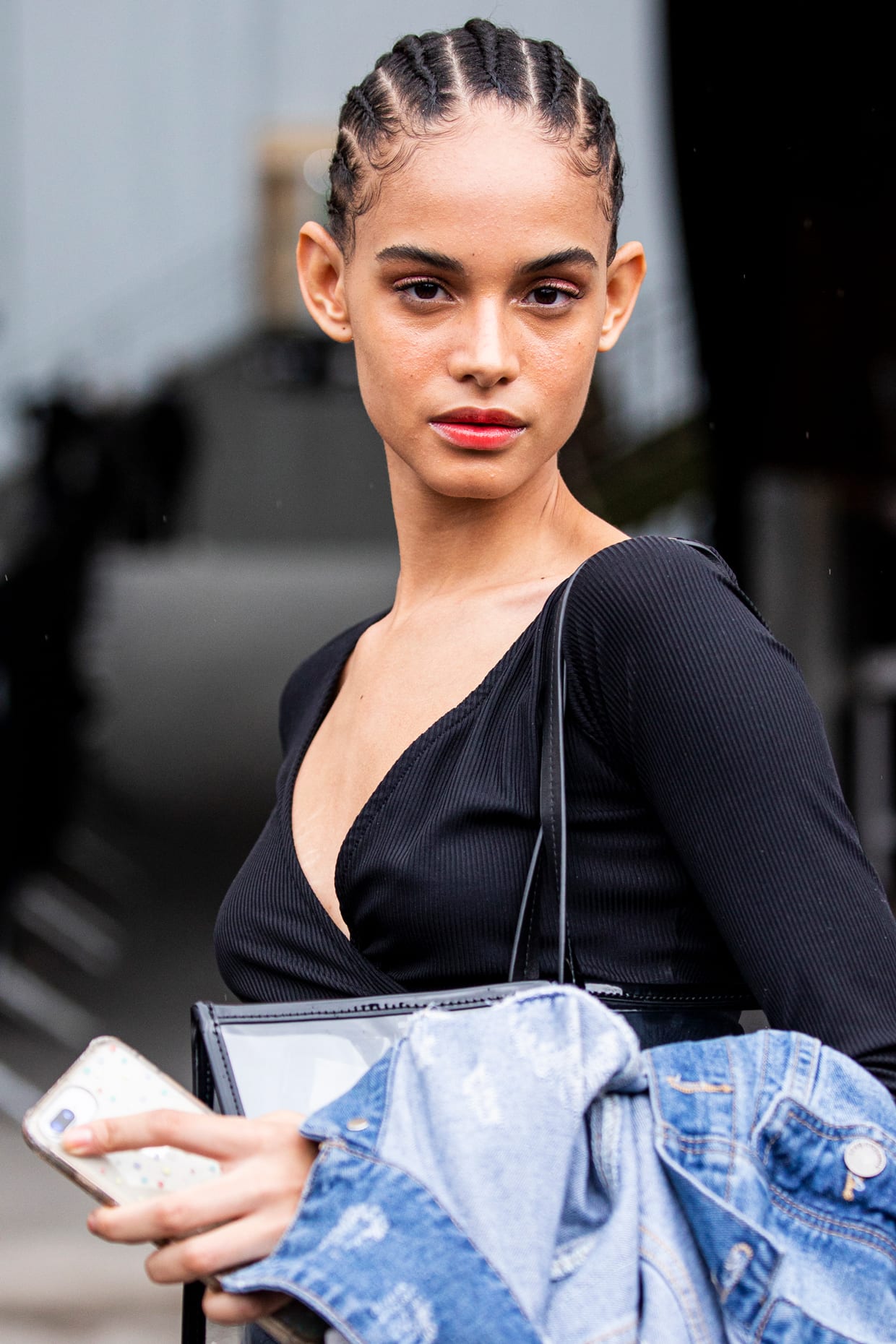
Our internet-powered world is more globalized than ever and American music and cinema still influence French culture hugely, but Parisian trends are not as fly-by-night as American ones. Elegant, understated beauty is a Parisian staple, so while the American market will continue to see a revolving door of buzzy skincare ingredients and wacky Instagram makeup in the 2020s, Paris’ beauty trends will focus on eco-minded minimalism. “We are seeing a big trend of ‘less is more’ … and we are going to see a lot of 2-in-1 products to help with minimizing trash,” adds Fournier. So expect more products like Givenchy’s Teint Couture Radiant Drop 2-in-1 Highlighter and By Terry’s Glow-Expert Duo Stick).
Also, as Paris becomes an even more diverse and socially conscious city, Bucher forecasts that cosmetic brands will increasingly expand their formulas and shade ranges to represent more skin tones. (Consider Ametis Paris, a French skincare line created for darker skin tones, and the recent launch of Dior’s 40-shade Backstage Foundation.) “We have seen in the last decade an acceleration of inclusivity in the beauty business,” Bucher says. “This dynamic should very likely keep developing.”
Our experts also see some trends of the 1920s making a resurgence. Certainly, red lips and sultry black eyeliner have been in style ever since Les Années Folles (and show no sign of fading). And Fournier predicts that haircuts in the 2020s will nod to styles of a century ago. Think bobs embellished by playful, sophisticated hair accessories.
Perhaps the most major aesthetic difference between the 1920s and the decade to come, however, is this: the Parisian approach to eyebrows. “Compared to the 1920s where Parisian women were sometimes shaving their eyebrows, 2020 is all about super natural eyebrows,” says Fournier. Conditioning and volumizing brow gels, like Talika’s Eyebrow Lipocils Experts and Dior’s Pump ‘N’ Brow, will grow in popularity.
Of course, cultural evolution, particularly in the rapid-paced digital age, can be impossible to predict — and only time will tell where Paris’ aesthetic will go. But one thing is for sure: hang onto your Chanel Rouge, because a classic French red lip will always be in style, no matter how many centuries go by.
We only recommend products we have independently researched, tested, and loved. If you purchase a product found through our links, Sunday Edit may earn an affiliate commission.
